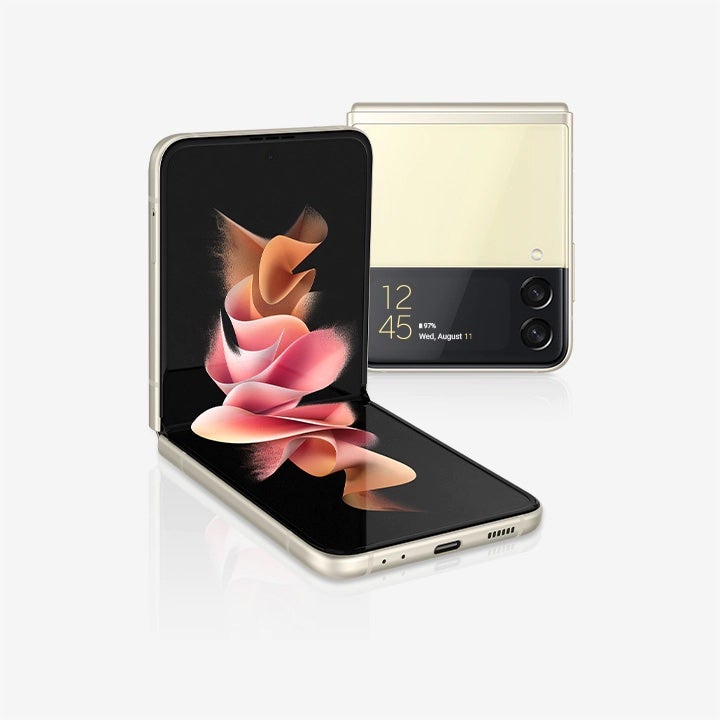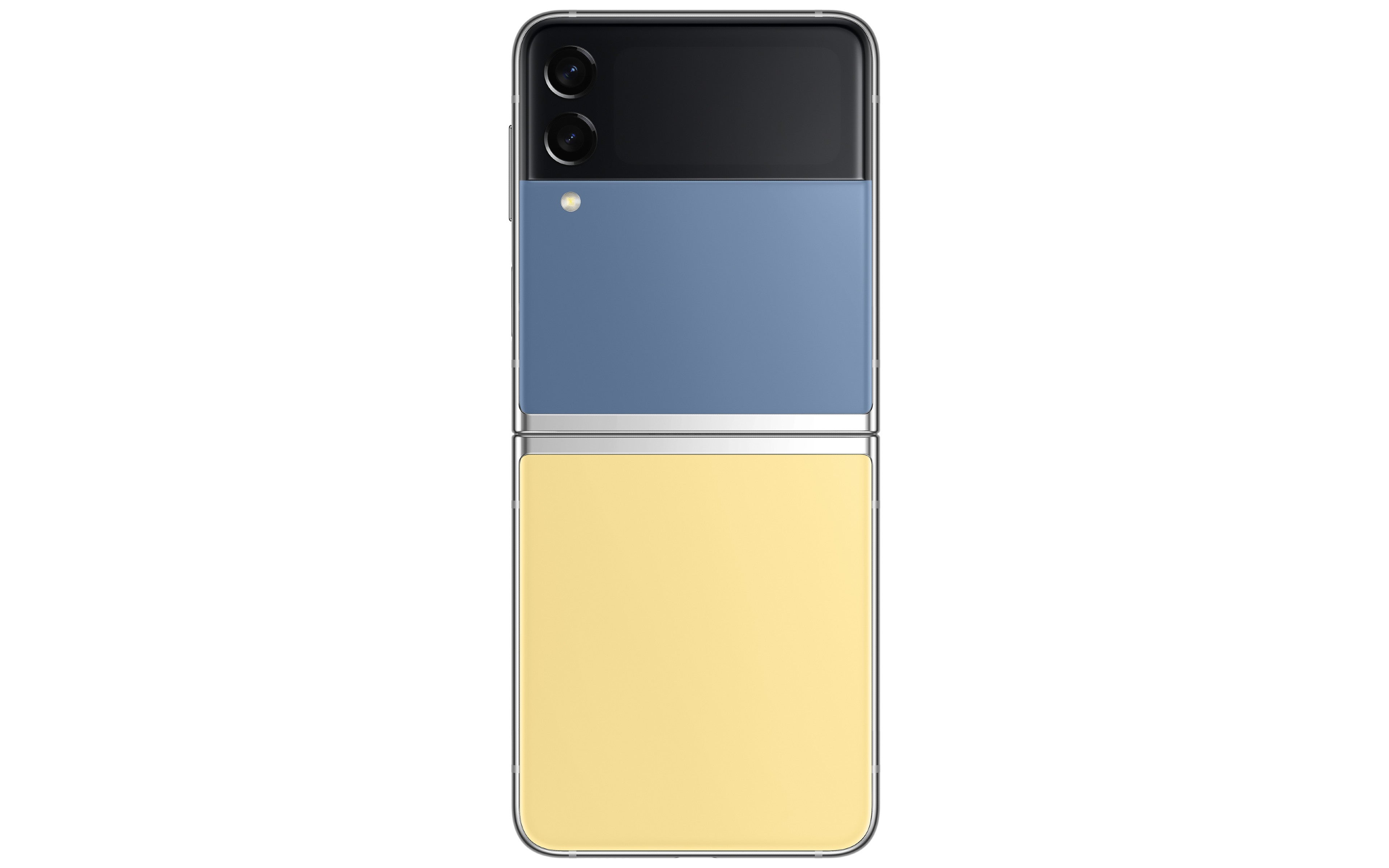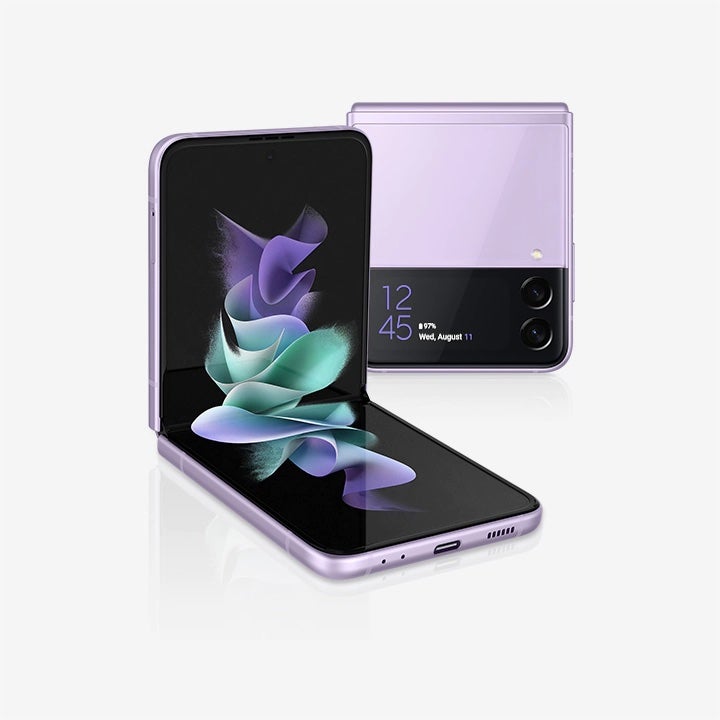From Duck Face To Fake Mirrors: How The Selfie Has Evolved
Selfies are an unmistakable hallmark of the internet age. While the first selfie was said to have been documented back in 1839, they've become immediate cultural signifiers for millennials and Gen Z in their ability to truly encompass the aesthetics and psyche of whatever time period they were taken in.
Despite being the most basic (or most performative) kind of photo, selfies reveal a lot about our culture and the prevailing zeitgeist.
In the mid to late 2000s, selfies were trashy, cramped in dirty mirrors and washed in the hazy flash of early digital cameras. They mirrored the Myspace-neon hedonism reflected in our gaudy hair, loud clothing and OTT emo-pop obsession. These days, selfies are both minimalist and polished, filtered and perfect or intentionally blurred for that mysterious feel — the mere thought of throwing up a 'peace sign' or pouting incites off-the-Richter levels of cheuginess.
AdvertisementADVERTISEMENT
Selfies have sparked moral panic over their impact on our self-obsession. We've developed a set of jargon that specifically relates to them, and Kim Kardashian, the undisputed queen of selfies, released an entire book of hers. So it's safe to say that they've transcended their initial purpose of simply documenting our faces.
Developments in tech and social media have been the biggest drivers of change in our culture. The best way to track the development of the selfie is through this too — from our grimy digital camera obsession to modern Samsung Galaxy Z Flip3 meta selfies. Here's a look into how they've evolved over the years.
The Myspace generation
2000s emos have a lot to answer for. The flash-in-the-pan popularity of NeverShoutNever, raccoon-tail hair dye, fingerless gloves — the whole Hot Topic shebang. However, their constant need to document their aesthetic genuinely propelled the selfie into its first era of a distinct style.
Before smartphones became front-and-centre in our lives, most selfies were taken on digital cameras, or flip phones held backwards. They were taken from a height to emphasise the fringe and the eyes glaring with searing angst, and drenched in flash — even Taylor Swift gave the classic Myspace look a go.
Old celebrity Myspace pages are a treasure trove of early-era selfies.
These pictures symbolise an era when one subculture truly dominated the mainstream conversation. Since then, we've become a lot more fragmented.
In 2017, Paris Hilton boldly claimed that she invented the selfie back in 2006 with Britney Spears, which also aligns with the Myspace-era timeline.
AdvertisementADVERTISEMENT
11 years ago today, Me & Britney invented the selfie! pic.twitter.com/1byOU5Gp8J
— Paris Hilton (@ParisHilton) November 19, 2017
The Facebook generation
While Myspace was a subcultural phenomenon, Facebook was social media's first foray into the mainstream. It was characterised by uploading folders of photos of every life milestone, no matter how big or small. I distinctly remember uploading a folder of selfies taken on a computer webcam (the phrase webcams feels particularly ancient right now, doesn't it?)
This era is defined by the prominence of the 'duck face' selfie, which became big around 2009. The duck face or fish pout was widely popular and widely mocked — there were even studies conducted on the psychology of people who pulled the face during photos. It was spearheaded by celebrities like Kim Kardashian, Miley Cyrus, and Vanessa Hudgens, who loved to pull a pout.
There was a certain innocence to this era — but maybe I'm looking back on it with rose-coloured glasses and nostalgia for Farmville. Still, it seemed like a time when we were less collectively concerned with formulating our identities online and more being part of the growing Facebook phenomenon by blending in with the pack.
The Instagram generation
This is where things start to get real — selfies had permeated mainstream culture like no other at this point. Selfie stick injuries at Disneyland, the now-infamous Oscars selfie, the thinly veiled misogynist anthem 'Selfie' by the Chainsmokers all signified their place in the culture.
Early Instagram days were characterised by built-in filters for selfies, like the oversaturated Toaster filter, which was loved by nerd glasses-donning older hipsters of the time. It was when selfies started to become a professional act, coopted by influencers. They became polished, highly edited and product-driven. It's when they stopped being casual and accessible, and started to become aspirational and profitable.
AdvertisementADVERTISEMENT
Snapchat and Kylie Jenner also deserve mention here for ushering in the filter age. The iconic dog-filter-with-matte-lip combo was the closest thing 2016 came to having a homogenous subculture.
The TikTok generation
Over the last two years, we've seen a seismic shift in our social media usage. The pandemic and TikTok's emergence onto the scene have been the two primary sources of change. The focus on natural lighting — or capturing Golden Hour, if you will — has come into the picture in the last few years, indicative of our current obsession with skincare and natural makeup.
We've also entered the photo dump era — which could be seen as performative spontaneity — hallmarked by ultra aesthetic and edgy selfies, taken through car dashcams, CCTV cameras and petrol station mirrors. Fake mirror selfies have also made a huge splash this year, with TikTokers uncovering how influencers have conned us into believing their mirrors are spotless.
Personally, considering we're living through the most intense Y2K revival ever, I wouldn't be surprised if gaudy Myspace-esque selfies were to make a comeback. If they did, however, we'd be lucky enough to have a flip phone like Samsung's Galaxy Z Flip3 in hand, in which the camera quality is a far cry from what we had access to back in the day. But with trends moving at an insanely fast pace right now, it's hard to envision what the next phase might be for the humble selfie.
AdvertisementADVERTISEMENT










